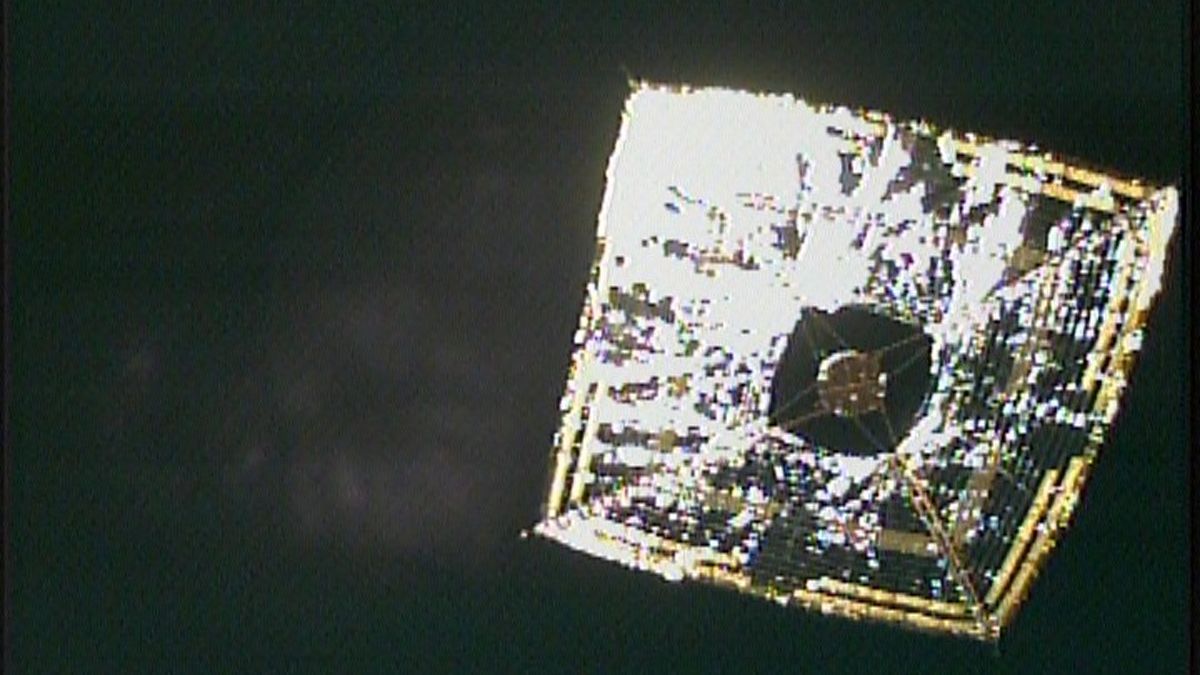Sailing ships in space could finally discover extraterrestrial life
Follow us on Google News (click on ☆)

The Japanese probe Ikaros validated the concept of solar navigation in deep space in 2010.
Credit: JAXA
Manasvi Lingam, an astrobiologist, points out that solar sails, propelling themselves through the pressure of solar photons, do not require onboard fuel. This characteristic allows them to reach high speeds, thus paving the way for the exploration of the outer reaches of the solar system, areas previously difficult to access. Probes equipped with solar sails could reach Europa in 1 to 4 years and Enceladus in 3 to 6 years, significantly reducing the time compared to current technologies.
Europa and Enceladus are of particular interest to scientists as they are believed to harbor saline oceans beneath their frozen surfaces, bolstering the hypothesis of the presence of life. The ability of solar sails to slow down as they approach these moons is crucial for allowing the analysis of water plumes without destroying potential life indicators.
The technology of solar sails, although not new — demonstrated by LightSail 2 and the Japanese probe Ikaros —, suggests a considerable potential for the future of space exploration, including for conceivable interstellar missions such as the Breakthrough Starshot initiative aiming for Alpha Centauri.
These technological advancements could signify the dawn of a new era in the quest for life beyond our planet, by making possible the exploration of places previously considered inaccessible.